Rolfe Oostra on the Hidden Costs of Low-Budget Operators
The most important decision that anyone preparing to undertake a high-altitude or remote mountaineering expedition in which guiding company to choose. And it is not always an easy decision.
There are hundreds of options that range from low-budget local operations to all-inclusive expeditions organised by Western agencies for any destination in the world’s major mountaineering hotspots.
However, making the right decision could be the difference between an unforgettable experience atop one of the world’s tallest mountains or a potentially fatal disaster.
Keep reading: A Beginner's Guide to Mountaineering
Rolfe Oostra has 30 years of experience working as a guide. He spent the first 15 of these working as a freelance guide for seven of the world’s best-known adventure providers and has since gone on to co-found and serve as the chief guide for 360 Expeditions.
Rolfe took some time out of his busy schedule to explain the importance of picking the right guide and providing a stark warning about the hidden costs of low-budget operators.
For inexperienced mountaineers trying to choose which company to hire, what are some of the tell-tale signs that a company is cutting corners in terms of safety and quality?
.jpg)
The most obvious indication that costs are being cut is a low advertised price. To run a safe, successful expedition, a company needs to invest money. In every phase of my professional climbing career, I have been involved in rescue operations.
On Muztagh Ata, we rescued a climber who had broken his neck in a crevasse fall. On Aconcagua, we recovered the body of a climber whose guide had abandoned him. On Everest North Col, we came to the aid of a climber dying from cerebral edema whose company had no medical supplies.
On Mera Peak, we organised the evacuation of four severely frostbitten climbers whose guide had led his team way off the well-beaten track and who didn’t have a satellite phone to call in a helicopter to evacuate his injured clients. The more I remember, the more dramatic the list becomes.
The common denominator between these rescue operations was that the afflicted climbers chose to climb with a company offering rock-bottom prices.
Companies that had not invested in expensive rescue or communication equipment. Companies that had saved money by not buying the expensive specialist medicine required for medical emergencies in a wilderness setting. Companies that had employed utterly inexperienced and unqualified people to take their teams into the most hostile environments found anywhere on Earth.
Sure, bad things happen in the mountains, that is the nature of the beast, but the holes in the safety net are significantly smaller for those companies who invest in the safety and well-being of their clients, companies whose price tags are also considerably higher.
Expeditions with a 6:1 customer to guide ratio are cheaper than ones with a lower ratio, so why would climbers want to spend the extra money for more guides?
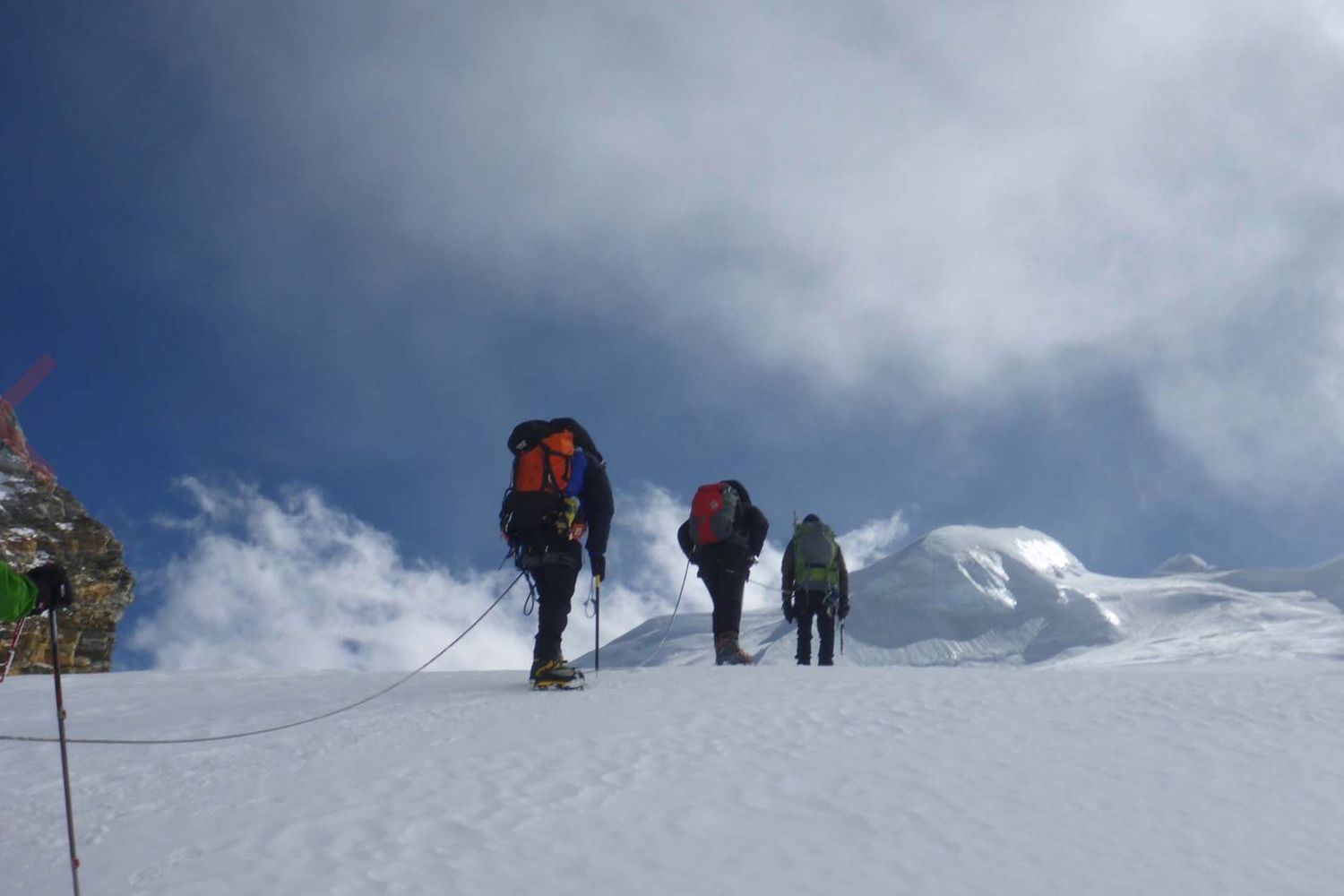
No matter what your previous experience is, nor the hours of training you have put in, your teammates will most likely determine the outcome of your expedition.
Has their paper-thin résumé prepared them for the rigours of climbing at 8,000 metres (26,200 feet)? Does their lack of fitness, preparation and vision require them to be rescued or abandoned on the mountain? Will you have to give up on your dream of reaching the summit because the expedition you joined is saving money by providing a barely adequate guide-to-client ratio that might work out ok when the sun is shining but has serious knock-on effects when even minor things go wrong (as they happen to do in the mountains)?
Keep reading: Who are IFMGA Guides and Why Should You Hire One?
A friend of mine who was on an expedition to Denali had this exact problem. They initially had a team of 12 heading for the summit with two guides. Then one member who hadn’t trained and was out of his depth on the mountain had to go back down with a guide. This left them with an 11-to-1 ratio, which the expedition organisers deemed dangerous, so they canceled the expedition.
It is this development in the expedition climbing business that concerns me most of all. Low budget companies don’t just offer the best deals because they give their climbers little in the way of comfort or safety, pay their inexperienced staff minimal wages and take advantage of the local economic hardships to drive their bargains, but they ask few questions from whoever expresses an interest in their expeditions. Pay your money and take your chances has never sounded clearer.
What is the difference between hiring an agency with UIAGM-certified guides and a local outfit that may not have certified guides on staff?
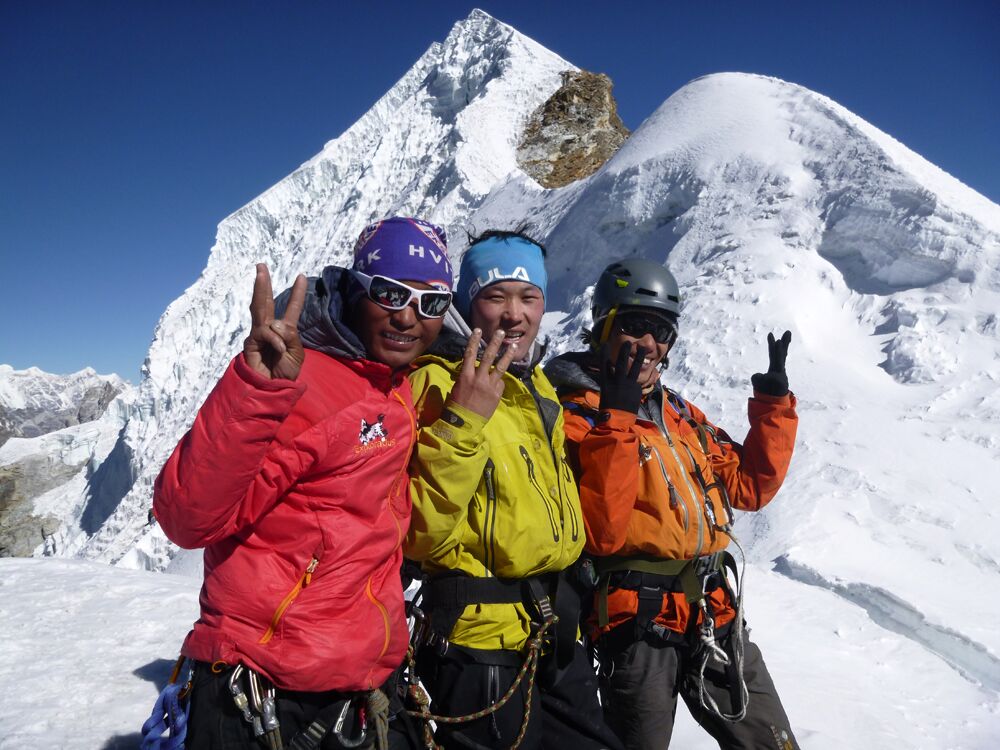
More of the younger Sherpa generation are getting their guide qualifications. This puts them on a level playing field with Western guides. Still, the most significant difference is that the majority of the elite Sherpa community is not interested in setting up their own expedition company.
First of all, the cost of doing so is prohibitive and the competition is far too fierce. Second, the thing every Sherpa considers the most important reason for doing the dangerous work they do – providing a better future for their kids – is more easily attained when they have regular well-paid employment with a foreign-owned company.
In a country where the monthly average wage is around $500, a guaranteed contract of more than $15,000 for a two-month expedition is well worth considering.
From the onset of Himalayan mountaineering, the Sherpa understood that their invaluable contribution to an expedition’s success works best for everyone if they combined their incredible talents on the mountain with a foreign company’s financial backing. This allows for access to quality climbing material, safety and communication equipment, logistical planning and medicine.
A further benefit for the climbing Sherpa in establishing a working relationship with a foreign climbing company stems from the nature of the work itself. Climbing mountains forms strong bonds between people. Bonds that lead to unbreakable friendships were helping each other with continued training, gaining qualifications and looking after the welfare of each other’s families and futures follows on naturally from the time spent on the mountain together.
Many climbers may think spending substantially less to be led by guides who grew up in the Himalayas is the obvious choice. What part of the picture are they missing with this view?
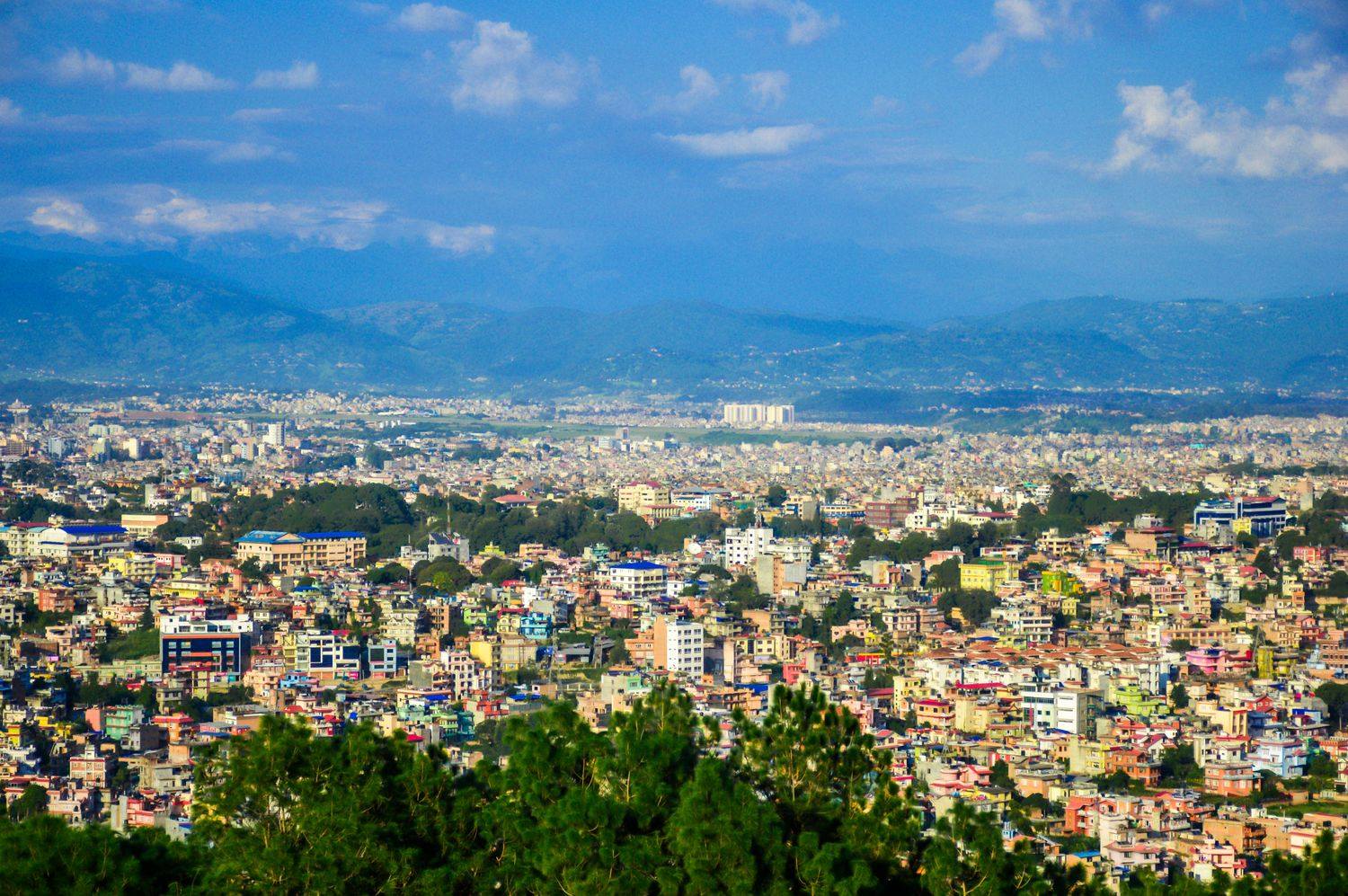
The local folk who set up their own businesses more often than not have little hands-on guiding or expedition leading experience; they are city-based businesspeople whose primary motivation is to capture tourist dollars and in order to remain competitive, they invest little to create a safe experience for their clients or their crews.
Furthermore, since the best of the Himalayan-born guides already work for foreign companies, few qualified or experienced local guides are out there. The locally-born “guides” they employ generally have no relevant guiding experience and no qualifications. They are simply local people from the villages through which the expedition passes.
Many of the more than 1,200 Kathmandu-based travel agencies through which you can book an expedition employ the cheapest option possible. When things go wrong, not having qualified, experienced local guides very quickly leads to disaster.
A few years back on Everest, a fatality occurred when a kitchen worker was dragged out of the kitchen tent to supplement the guide-to-client ratio advertised by the local company for their summit push.
Things began to go wrong very soon after their team left Camp 4 and the client became ill but didn’t want to go down. First, this hastily christened “guide” spoke no English, so communication was impossible. As it turned out later, he did appreciate that his client was ill, but he did not want to turn him around as his client was very persistent about going on. Even if he managed to turn his client around, he had no technical skills or medical knowledge to deal with the situation, which rapidly deteriorated and ended up with his client dying and being abandoned on the mountain.
Another excellent example of this happened to me on Mera Peak in 2017. We came across an unconscious teenage porter who a local company employed as a guide to bring people to the summit.
Our team enjoyed a successful expedition in excellent conditions and were ecstatic when they reached the summit. Not so happy was the skimpily-dressed teenage boy we found lying unconscious in the snow on our descent.
Wearing only a thin fleece, a raincoat, trekking trousers and trainers, this boy showed the first signs of frostbite and serious altitude-related problems. What he was doing up there became a question for the future, compared to the immediate urgency of bringing him down to the safety of basecamp.
It took my team of climbing Sherpa and myself 10 hours to stretcher him to the village of Khare, where it was possible for a helicopter to reach us. Before we arrived, I had administered two cylinders of oxygen, injected him with appropriate high-altitude medicine, commenced frostbite treatment and kept him as warm and comfortable as possible during the rescue operation.
After the helicopter had picked the boy up and evacuated him to Kathmandu, it took my team an additional three days of trekking to get down to the village of Lukla, where a flight was arranged to take us down to Kathmandu.
Whilst waiting for the airplane, I met the boy’s father, who told me that the boy was alive but sadly had sustained life-altering injuries from his lengthy spell in the –20 ºC (–4 ºF) conditions we encountered on our summit push.
It further transpired that the boy had been employed as a porter by a local bargain box company. To gain a competitive edge, they paid their staff well below the rates determined as fair by the Porter Union. They didn’t provide food or accommodation for their crews whilst on the job. They didn’t provide adequate clothing or footwear and, in this case, used the boy as an extra on the summit push since a qualified climbing Sherpa cost too much.
More insidiously, this company did not provide medical insurance for their crews and the boy’s family was at a loss as to where to find the money to pay for his continued medical needs. (360 Expeditions picked up all bills).
For expeditions to an “easier” trekking peak, what kind of difference does having an experienced guide versus a novice make in terms of quality and safety? Is it worth the price differential between the two?

The term trekking peak is a colossal misnomer. Every well-known trekking peak in Nepal involves high-altitude climbing, cold conditions, glacier travel, crevasse crossing, complex and steep terrain, fixed-line climbing, and rock and icefall hazards. Hiring an inexperienced guide who does not know how to work with these parameters is extremely risky.
On Mera Peak a few years ago, I came across a team of climbers from the United Kingdom whose local guide had never been outside Kathmandu before and had gotten them lost on the mountain.
Every other team summited in the usual four to six-hour window on a well-beaten and easy-to-follow path. But they got lost, didn’t summit and were overtaken by darkness in extremely cold conditions. This resulted in four of them suffering extremely bad frostbite – one to the extent that he had to have his feet amputated.
This is an example of where saving money taking inexperienced guides on mountains such as Mera Peak can lead you into very hot water indeed! When we came across them, the company they had employed had no resources to deal with their evacuation; no radios, no satellite phones, no experienced crews and zero-medical provisions, not even bandages.
360 Expeditions stepped in and provided the medical oxygen, frostbite treatment and relevant drugs these people needed and called for helicopter rescue to get them out.
These people had booked through a British agency that sold their overseas trips very cheaply and didn’t run them. Instead, they subcontracted them out to a very ill-prepared local company that offered them a very cheap deal.
The cheap price prominently displayed on the company’s website, in this case, sure came with a helluva catch.
When assessing prices for expeditions, how low is too low? By that, I mean, at what price are you sacrificing safety and quality to save money?
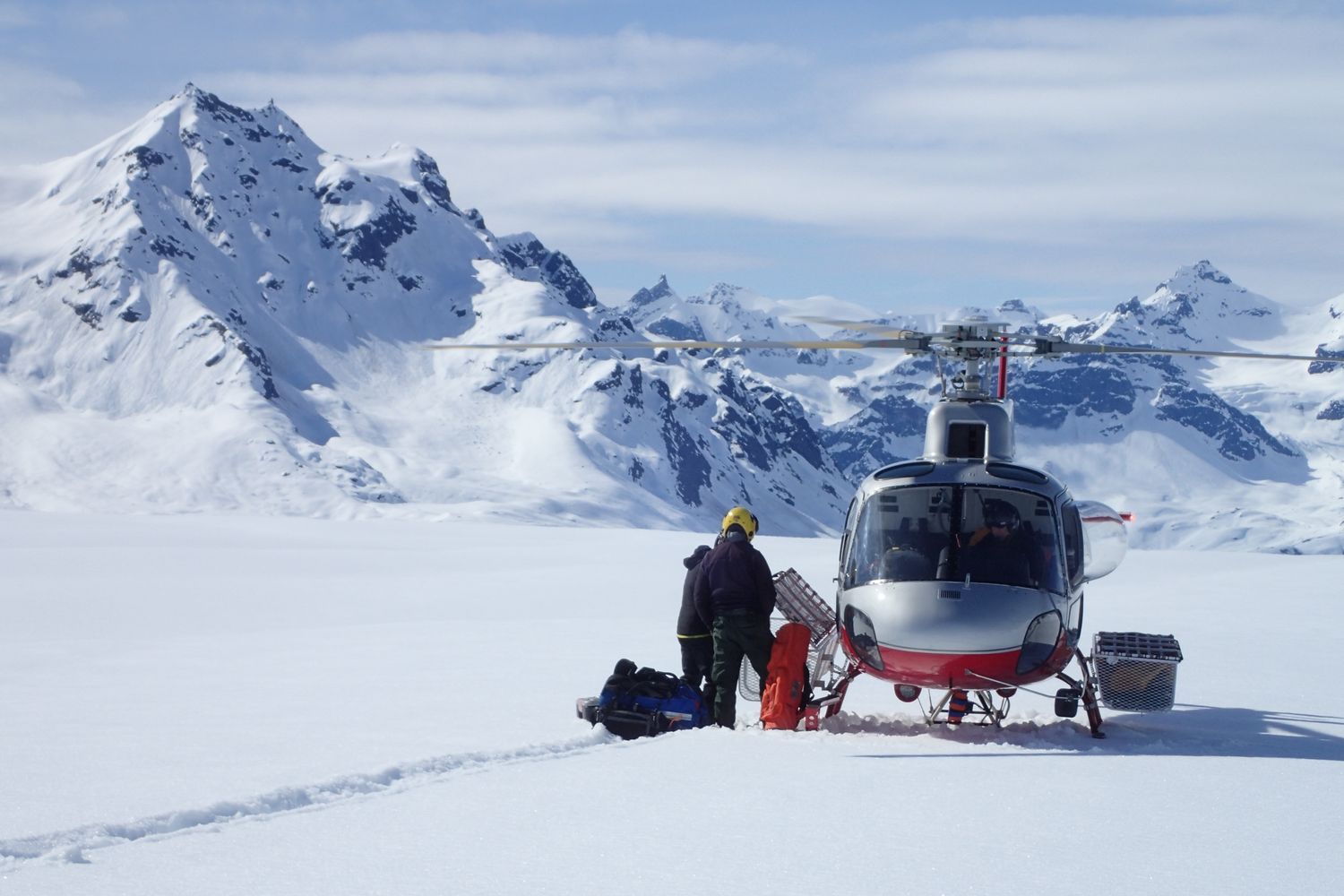
When buying any product, you get what you pay for. Sometimes, cheap and cheerful works out fine, but skimping on quality can rapidly lead to disaster when buying a climbing experience. The age-old adage about paying peanuts is especially deadly in the climbing business.
The best value for the consumer comes when a foreign company works with a local team. Individual skills and qualities are successfully blended to make the magic happen for the consumer.
A good combination of Western company with the local team will utilise great deals on the ground in terms of accommodation, flights and local transport. They also employ experienced, qualified local crews and treat them fairly.
Furthermore, a Western company understands their clients’ mindset and ambition as hugely experienced mountaineers have set up the best companies.
Research the names of the individuals running the most expensive adventure companies and you’ll find they have one thing in common: these individuals have been there and done that. Each possesses an impressive adventure résumé and can expertly walk the walk as well as they can talk the talk.
These individuals live and breathe the experience of climbing mountains. They understand the complexity and seriousness of the environment in which they work and what is needed to succeed there. These individuals know that skimping on the basics can cost the consumer much more dearly than what they bargained for.
Only getting the best service and facilities assures you a realistic chance of having a safe and successful expedition. In the case of climbing mountains, this can best be attained by combining the financial, material, experience, qualification, physical and emotional strengths of a Western company with a local team.
A potential client will quickly appreciate where the difference is between companies by looking at the included/excluded list advertised on websites. Alarm bells should ring if there is no list.
The quality of your experience and how safe you will be can be quickly determined by looking at the inclusions list. However, it is hard to state a particular cut-off price. The more ticks, the better the value of your experience for both yourself and the people making the magic happen.
Local employees of some guiding agencies are usually on the losing end of the company’s efforts to save money (i.e., inadequate supplies, lack of insurance, no medical backup). Beyond the ethics and morality of the situation, why should potential climbers care about how a company treats the guides, porters, etc.? What kind of impacts may this treatment have on the safety and success of the expedition?
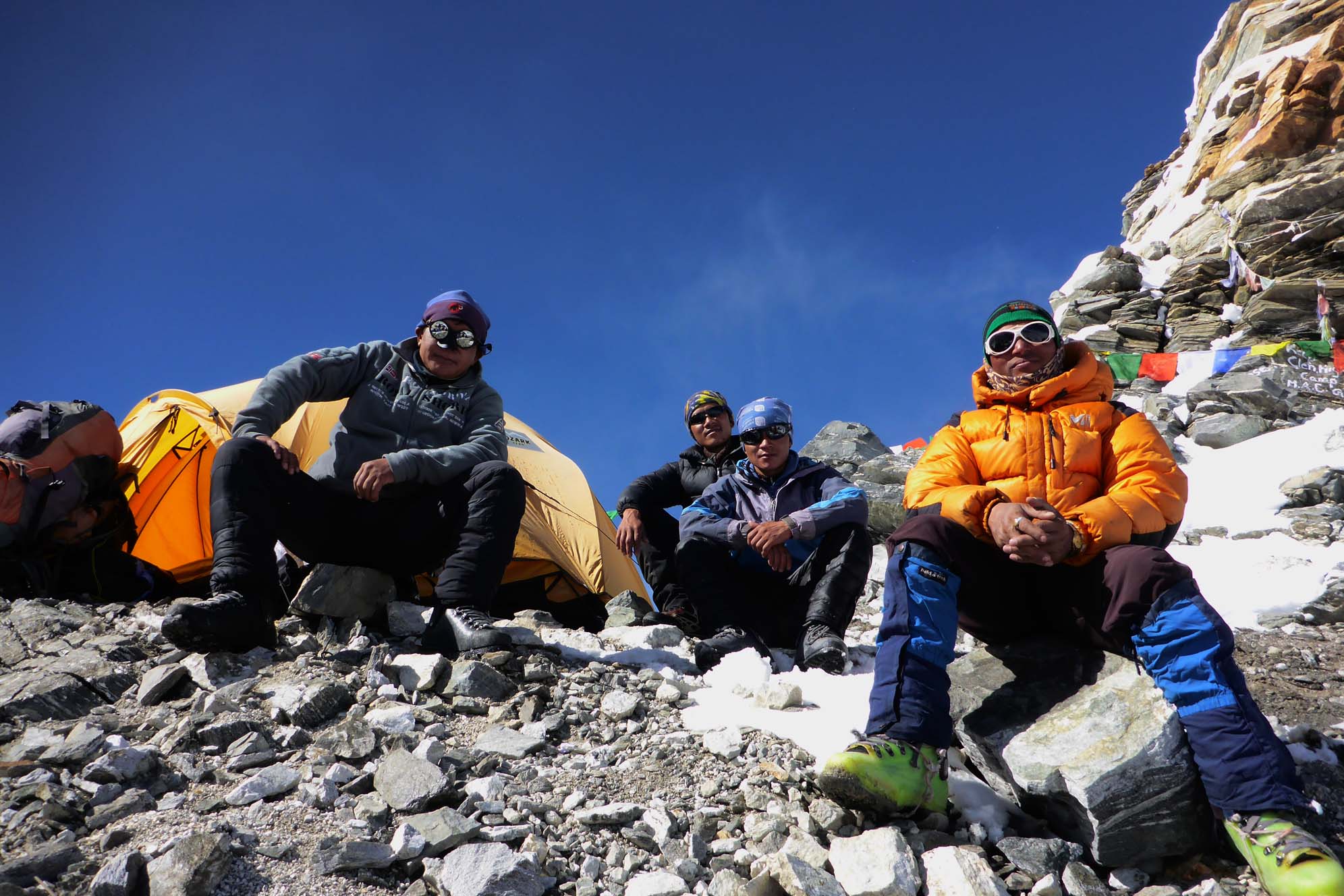
I have already talked about how local companies save money and how this can affect the climber and the local crews in terms of safety and rescue ability should things go wrong.
Since there is usually porter work from (mostly) Western companies who provide everything for their local crews, the local companies are left looking for crews in a tight economic situation.
In some places, local adventure companies take advantage of this fact. Apart from the morality, the client is impacted directly by the fact that these people are not there for them in any other capacity than to carry their bags from A to B.
They have no reason to engage with you, are not trained to provide medical or evacuation assistance and, more importantly, since they are at a substantial social disadvantage, economically and medically themselves, they often struggle to do the job at all.
I have seen many such expeditions fail because a porter who was inadequately equipped for the job and not fed and accommodated properly had to be evacuated. Carrying someone out suffering from frostbite or severe altitude sickness requires at least six other people. And since none of them are insured by the local company, a helicopter evacuation is not an option. Unless you want to carry those seven bags yourself, there goes your expedition!
Finally, is there anything else you would like to add that you think is essential for mountaineers to know when researching and comparing prices for expedition companies?
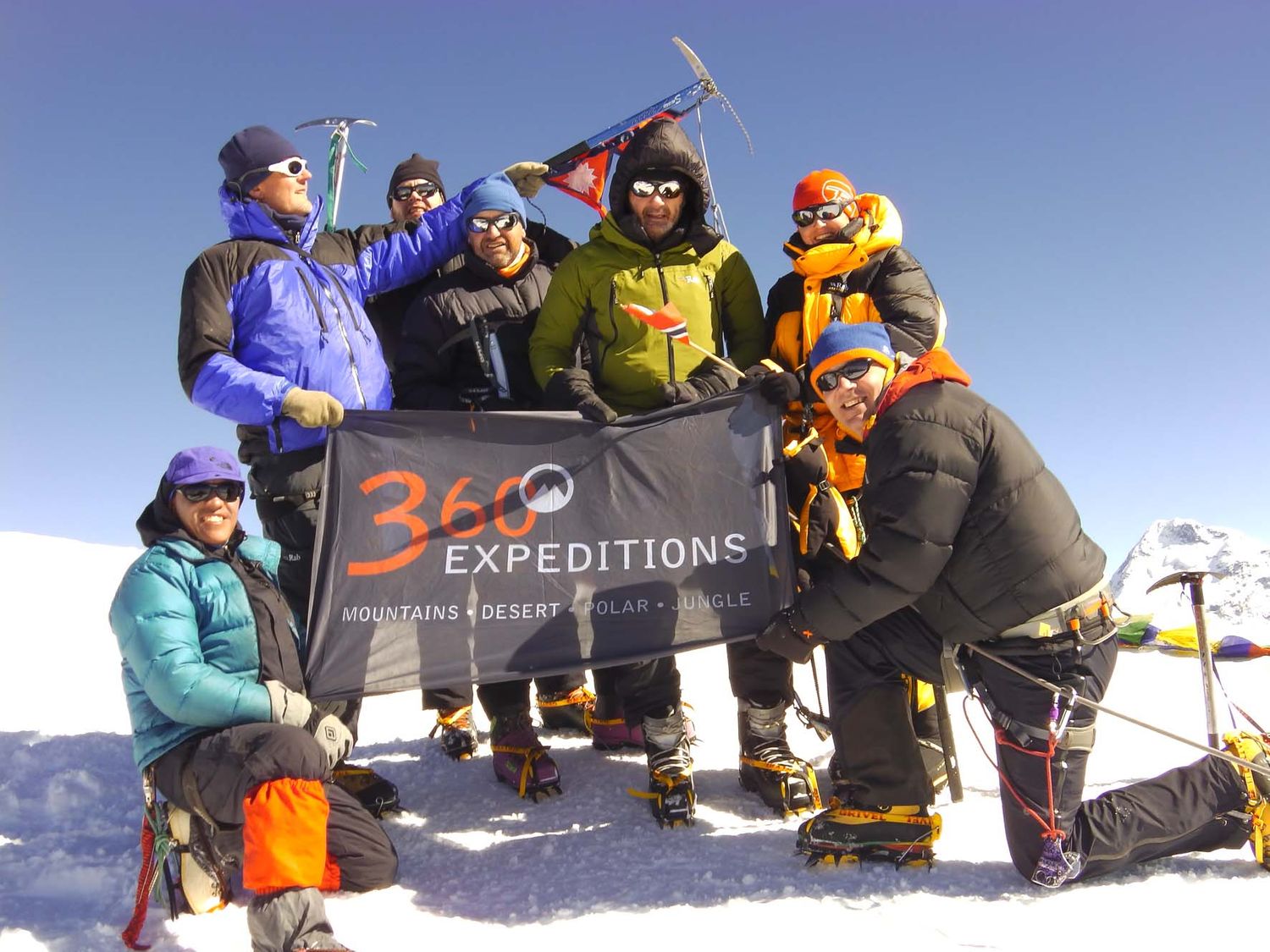
I think it is important to think about who goes on cheap expeditions. No frills Himalayan expeditions used to be an attractive option for climbers who had put in the hard graft to get there; climbers who gradually worked their way up even higher mountains and tackled routes of ever-increasing difficulty.
For this now endangered species, a no-frills expedition offering simple basecamp services, no Sherpa support or supplementary oxygen was the perfect fit to their private ambition. They were there to tackle the mountain on its own terms, after all.
Today the bargain-basement deals attract a different species of climber. For the new breed, the love of climbing mountains is often secondary to what can be gained in terms of social standing and financial gain should they reach the summit of a prominent mountain, such as Mount Everest.
These climbers are attracted to the low-budget companies because they offer a low price but second because they ask few questions about their previous experience.
As I mentioned before, these people will be your teammates and these people will directly affect the outcome of your expedition.
Compare guides with ExpedReview
As Rolfe has stressed in great detail, making the right decision when choosing a guide is of the utmost importance for a safe and successful expedition. ExpedReview allows you to compare expedition prices, ratings and reviews of experienced guiding services worldwide.
Rolfe is the head guide for 360 Expeditions. You can find some of the company's most popular offerings right here on ExpedReview.